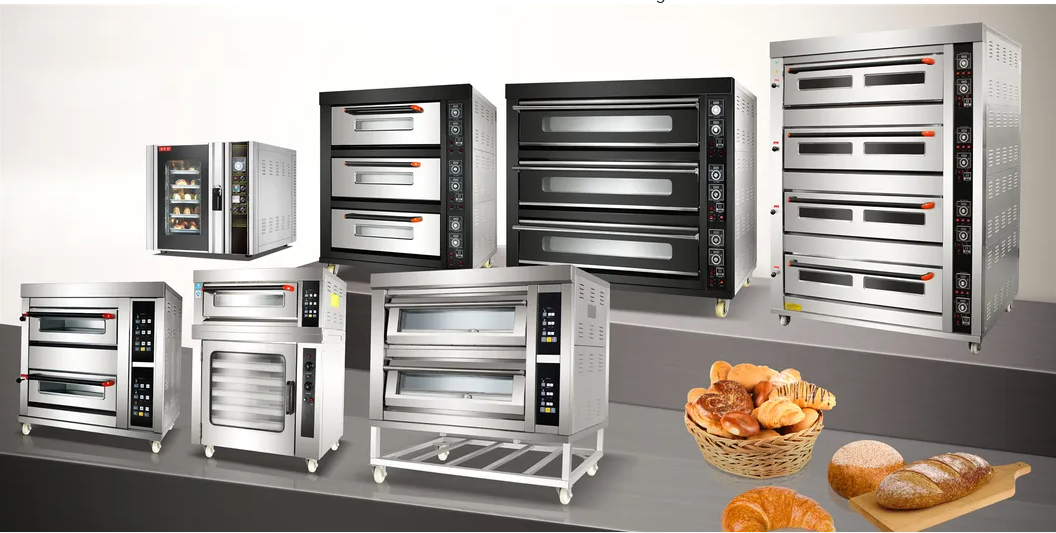Understanding the Role of a Batch Oven in Industrial Processes
In modern manufacturing, the Batch Oven has become a cornerstone of thermal processing operations. From heat treating to curing, baking to drying, a Batch Oven offers unmatched flexibility for industries that demand precision and consistency. When companies consider investing in this equipment, the ultimate goal is to ensure that production efficiency is maximized, operating costs are reduced, and quality remains uncompromised. But what makes a Batch Oven so indispensable in these environments?
The answer lies in its adaptability. Unlike continuous ovens, which are designed for high-volume standardized processes, a Batch Oven can be customized to handle a wide range of applications. Whether it is small-batch production runs, research and development testing, or large-scale industrial processes that require versatility, the Batch Oven can meet these demands. By carefully selecting the right Batch Oven, businesses can secure both short-term performance gains and long-term reliability.
A well-designed Batch Oven does more than provide heat—it controls air circulation, temperature uniformity, and safety standards that directly influence the success of each operation. This is why making the right choice is not simply about buying equipment, but about aligning the oven’s capabilities with production goals.
Key Considerations When Selecting a Batch Oven
Temperature and Heating Uniformity
One of the most critical aspects of choosing a Batch Oven is understanding its temperature range and heating consistency. Industrial applications often demand precise control, as even slight fluctuations can compromise product quality. How can an oven guarantee flawless results? It depends on the heating system and insulation design. A high-quality Batch Oven ensures even heat distribution, minimizing hot or cold spots that could affect the outcome of heat-sensitive materials. For manufacturers in sectors such as aerospace, automotive, or electronics, this precision is non-negotiable.
Size and Capacity
The physical size and internal capacity of a Batch Oven determine its ability to handle production demands. Should a company choose a compact oven for flexibility or a large industrial unit for efficiency? The answer depends on the volume of work, space availability, and long-term growth expectations. Investing in a Batch Oven that balances current needs with future scalability prevents costly replacements or upgrades down the line. A miscalculated choice could either limit production or lead to excessive energy consumption, both of which directly impact profitability.
Energy Efficiency
Another factor that cannot be overlooked is energy efficiency. A Batch Oven designed with advanced insulation and modern control systems significantly reduces power consumption while maintaining consistent performance. Why pay more for energy when a well-optimized Batch Oven can deliver the same results at a fraction of the cost? With rising global energy prices, manufacturers are placing greater emphasis on ovens that combine thermal performance with sustainability.

Advanced Features That Enhance Batch Oven Performance
Airflow Design
The airflow pattern inside a Batch Oven has a direct effect on process outcomes. Should an oven use horizontal, vertical, or a combination of both airflow systems? The choice depends on the type of product being processed. For example, lightweight materials might require uniform top-to-bottom circulation, while denser components benefit from side-to-side airflow. The ability to customize airflow ensures that each Batch Oven is not only versatile but also capable of delivering consistent results across different applications.
Control and Automation
Modern Batch Ovens are increasingly equipped with digital controllers, programmable logic systems, and automation features. Why rely solely on manual adjustments when precision automation can guarantee repeatability? Advanced controls allow operators to pre-set temperature profiles, monitor performance remotely, and ensure that every cycle meets quality standards. This not only reduces errors but also minimizes downtime, allowing businesses to operate with greater confidence in their production processes.
Applications That Depend on a Batch Oven
A Batch Oven’s versatility makes it valuable across numerous industries. Heat treatment facilities use it for hardening and annealing, while manufacturers of composite materials rely on it for curing processes. The food industry depends on Batch Ovens for consistent baking results, while laboratories use them for testing and research applications. What makes this equipment stand out is not just its adaptability, but its ability to deliver precision across these vastly different environments.
From drying coatings to sterilizing equipment, the Batch Oven becomes an irreplaceable asset in any production setting. Choosing the right oven is therefore not about the general category but about tailoring features to match very specific operational goals.
Long-Term Benefits of Investing in the Right Batch Oven
When a business invests in a Batch Oven tailored to its needs, the benefits extend beyond immediate productivity. Reduced maintenance costs, improved energy efficiency, and enhanced product consistency all contribute to long-term financial savings. Why settle for short-term solutions when the right Batch Oven can ensure years of reliable performance?
A high-quality oven becomes more than just equipment; it becomes a strategic asset that supports business growth. The decision to select the right Batch Oven is therefore both a technical and financial commitment—one that can define the success of industrial operations for decades.
FAQ
What industries use a Batch Oven?
A Batch Oven is used in industries such as aerospace, automotive, food processing, pharmaceuticals, and electronics. Its versatility allows it to perform tasks like curing, drying, baking, and heat treatment.
How does a Batch Oven improve efficiency?
By providing precise temperature control, consistent heating, and customizable airflow, a Batch Oven reduces errors, improves cycle repeatability, and lowers energy costs.
What factors should be considered when buying a Batch Oven?
Key considerations include temperature range, oven capacity, airflow design, energy efficiency, and control systems. Matching these features with operational needs ensures maximum performance.
Why is energy efficiency important in a Batch Oven?
Energy efficiency lowers operational costs while maintaining performance. With advanced insulation and modern controllers, a Batch Oven minimizes waste and enhances sustainability.


